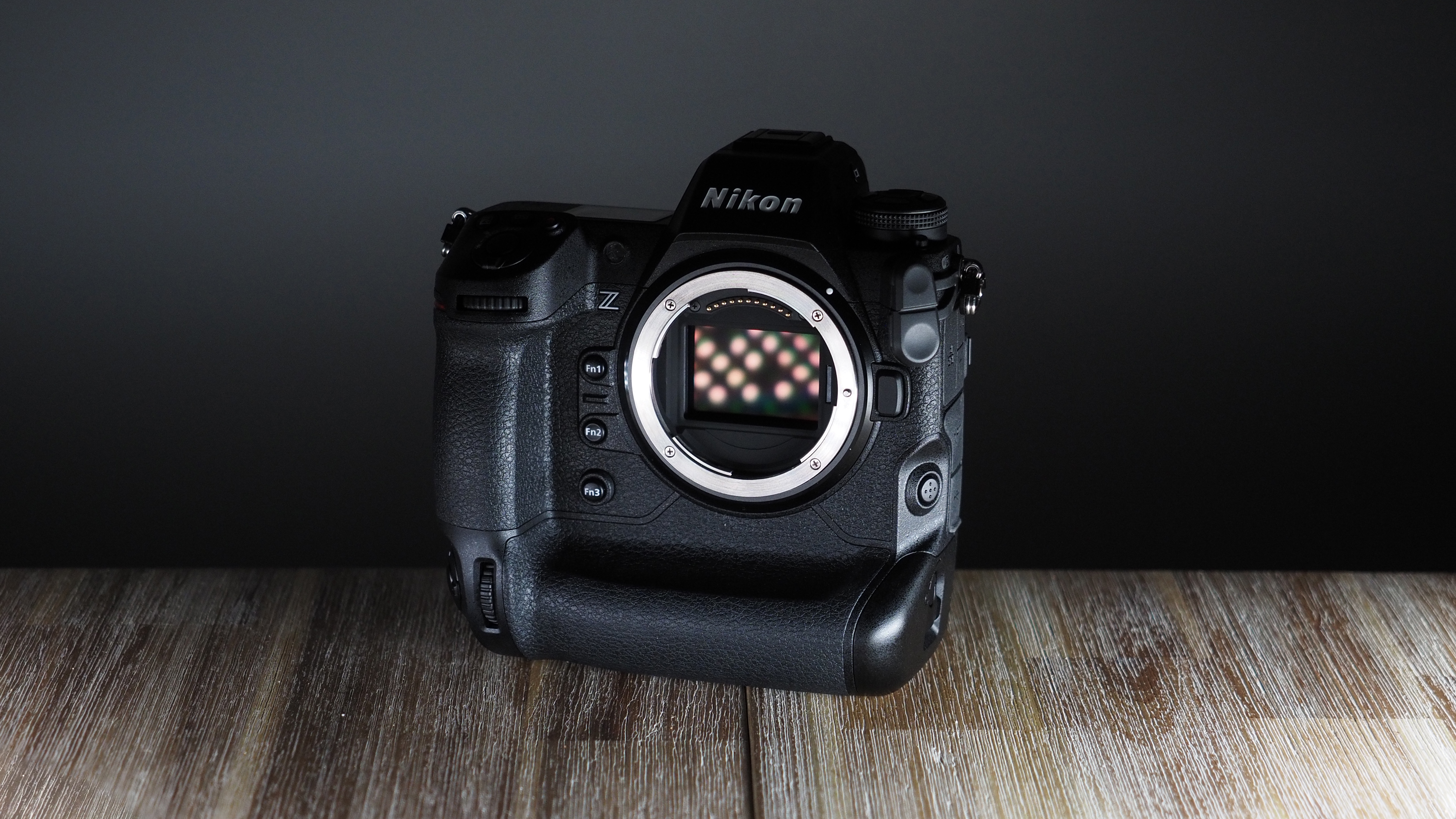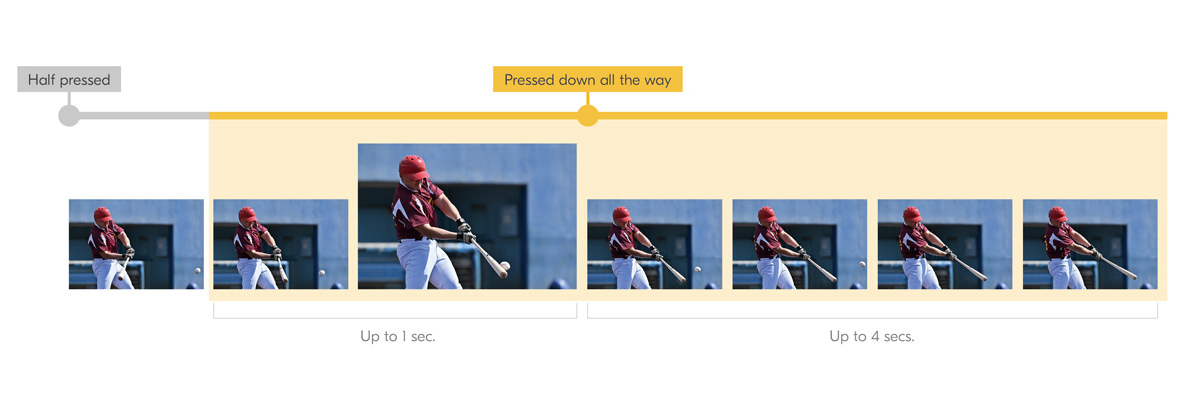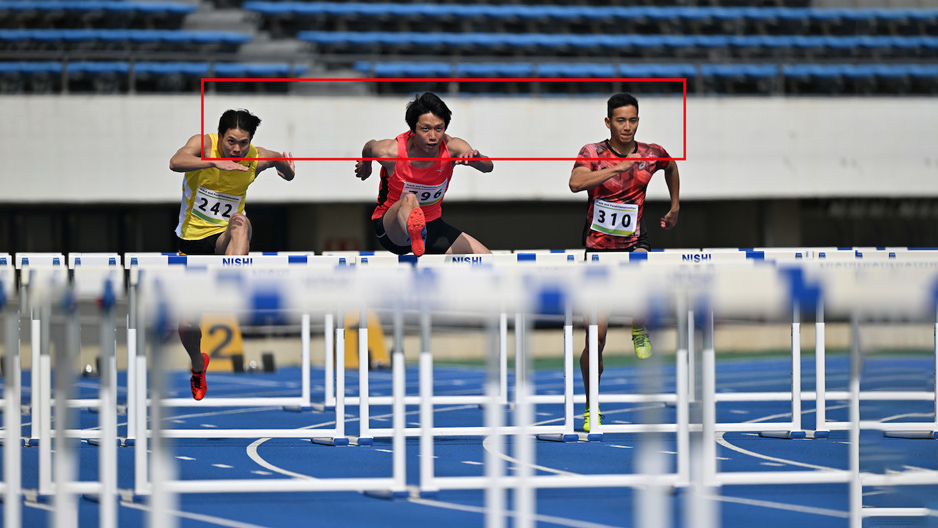Earth-shattering Nikon Z9 update could've been an entirely new camera
The latest firmware update for the Nikon Z9 well and truly cements its place in the professional video world

If there’s ever been a firmware date to get overly excited about, it’s the latest one for the Nikon Z9. The flagship camera was already an absolute beast with astonishing 8K 30p video capabilities, but this most recent firmware update adds features that basically make it an entirely new camera.
When the Nikon Z9 was released, it caused some serious excitement thanks to its 45.7MP stacked CMOS sensor, its incredible 8K video and 120fps continuous burst shooting. Not only were the specs incredibly tempting, but the price was too – coming in significantly cheaper than the rival Sony A1 and Canon EOS R3. And Nikon promised that the first big firmware would make it even better.
Finally, that firmware Version 2.00 update is here – and it’s been worth the wait. With it, the Nikon Z9 is now be able to record 12-bit, Raw 8.3K 60p video internally. The jump from 10-bit to 12-bit is pretty astonishing, and now the camera will be able to reproduce billions more colors – 68 billion more, to be precise. Nikon is calling its new file output N Raw and the video files are said to be a lot smaller than ProRes Raw, which is excellent news when it comes to transferring and storing footage.

The second impressive video upgrade is that you will now be able to oversample UHD 4K 60P 10-bit footage from 8K footage, which will deliver the highest quality 4K footage. Users will also be able to record ProRes Raw internally up to 4.1K at 60p, so now it’s even easier to record professional, cinematic footage that is faster and easier to edit in post.
It’s not just the video specs that have benefited from the upgrade, either. Nikon has been careful not to forget about the camera's photography capabilities. Users will now be able to set the EVF refresh rate to 120fps, which will make the viewfinder even more life-like. The Z9 also gains a Pre-Release Capture feature so that, when you’re half-pressing the shutter, the camera start shooting buffering the shots for a second before you take the photo.
For those times when you’re shooting odd shapes, objects or scenes, the height and the width of the AF box can now be adjusted, which means you can now focus on a very specific part of the frame – regardless of how big or small your subject is.

Nikon has also introduced a brand new computational photography mode called in-camera motion blend. Rather than having to create this effect in Photoshop, the camera will take up to five photos and blend them into one. No longer will you need to mask your subject, the camera will literally do it all for you.
Get the Digital Camera World Newsletter
The best camera deals, reviews, product advice, and unmissable photography news, direct to your inbox!
Other upgrades include an optimized burst photo viewing mode, video assist functionality in the form of a waveform monitor and red record box, dedicated video info, fine ISO control and fast AF control is now an assignable custom button option. The auto-exposure and auto white balance settings have been improved, and there is a new focus recall setting.
This firmware upgrade is by far the most extensive and impressive we’ve ever seen from Nikon, if not from any camera brand ever. It’s amazing how much you can change with a firmware update – and even more amazing that all these updates are available for free. Head over to the Nikon support site to download firmware Version 2.00.
Read more:
Best Nikon cameras
Best Nikon lenses
Best professional cameras

Having studied Journalism and Public Relations at the University of the West of England Hannah developed a love for photography through a module on photojournalism. She specializes in Portrait, Fashion and lifestyle photography but has more recently branched out in the world of stylized product photography. Hannah spent three years working at Wex Photo Video as a Senior Sales Assistant, using her experience and knowledge of cameras to help people buy the equipment that is right for them. With eight years experience working with studio lighting, Hannah has run many successful workshops teaching people how to use different lighting setups.
